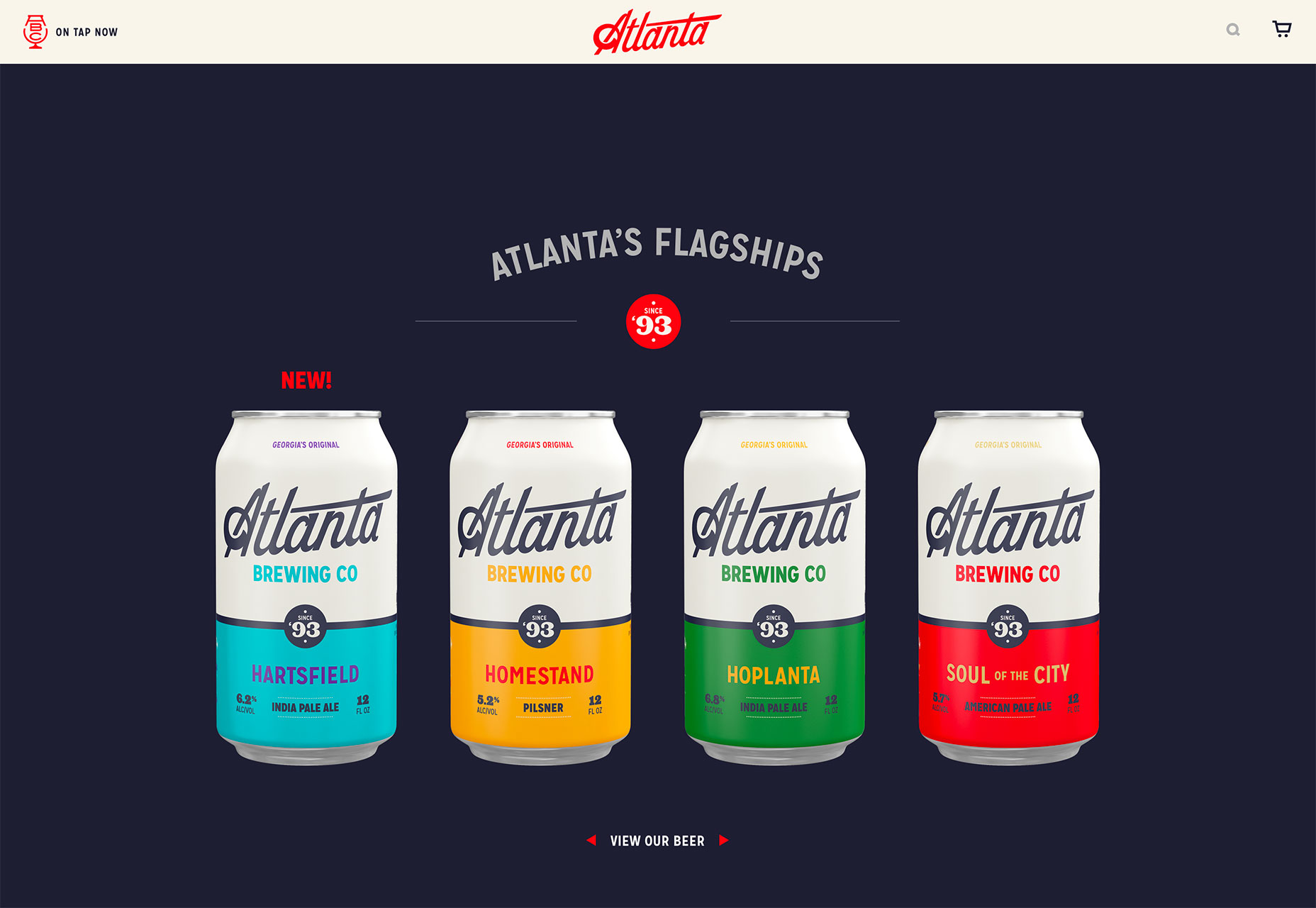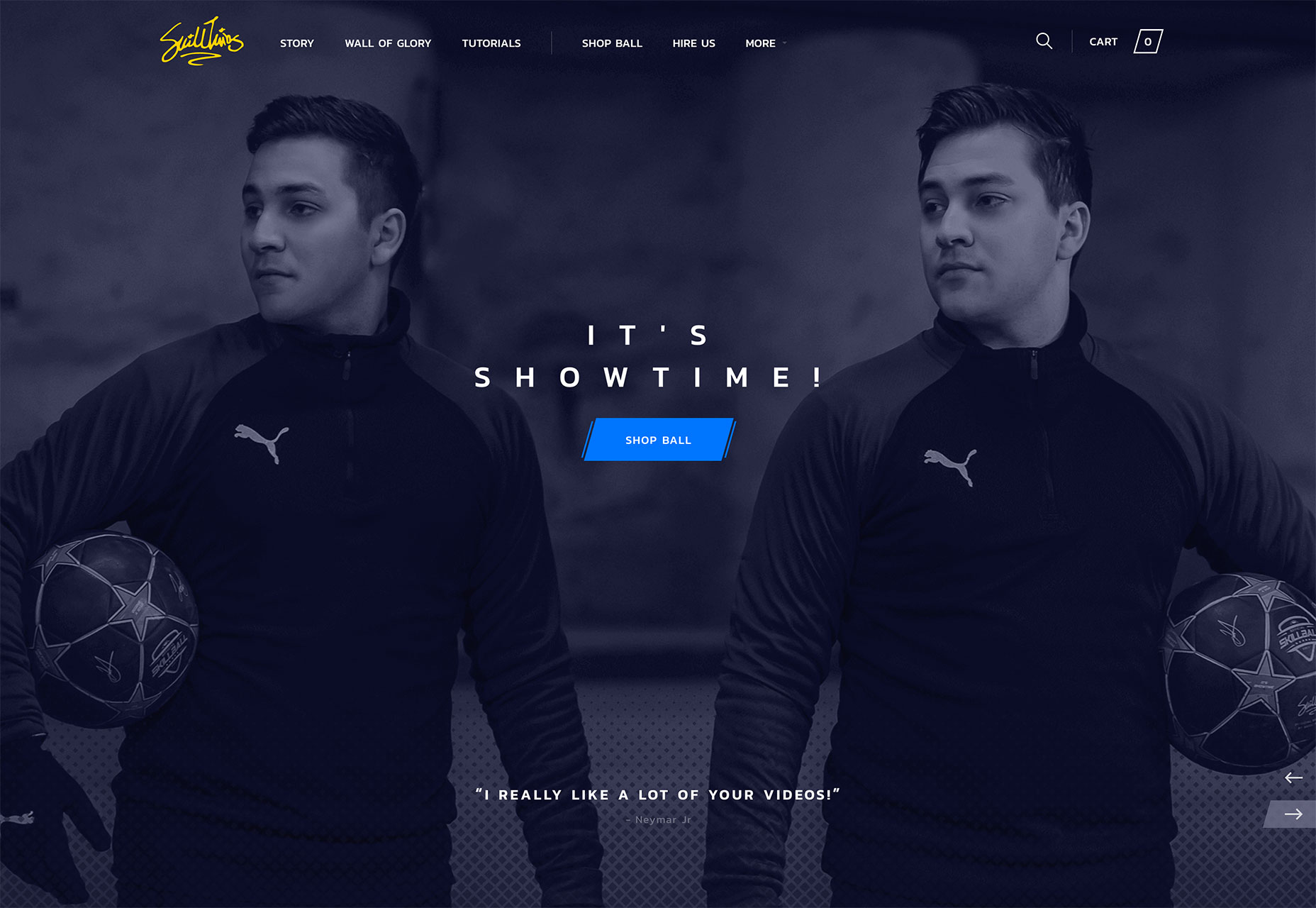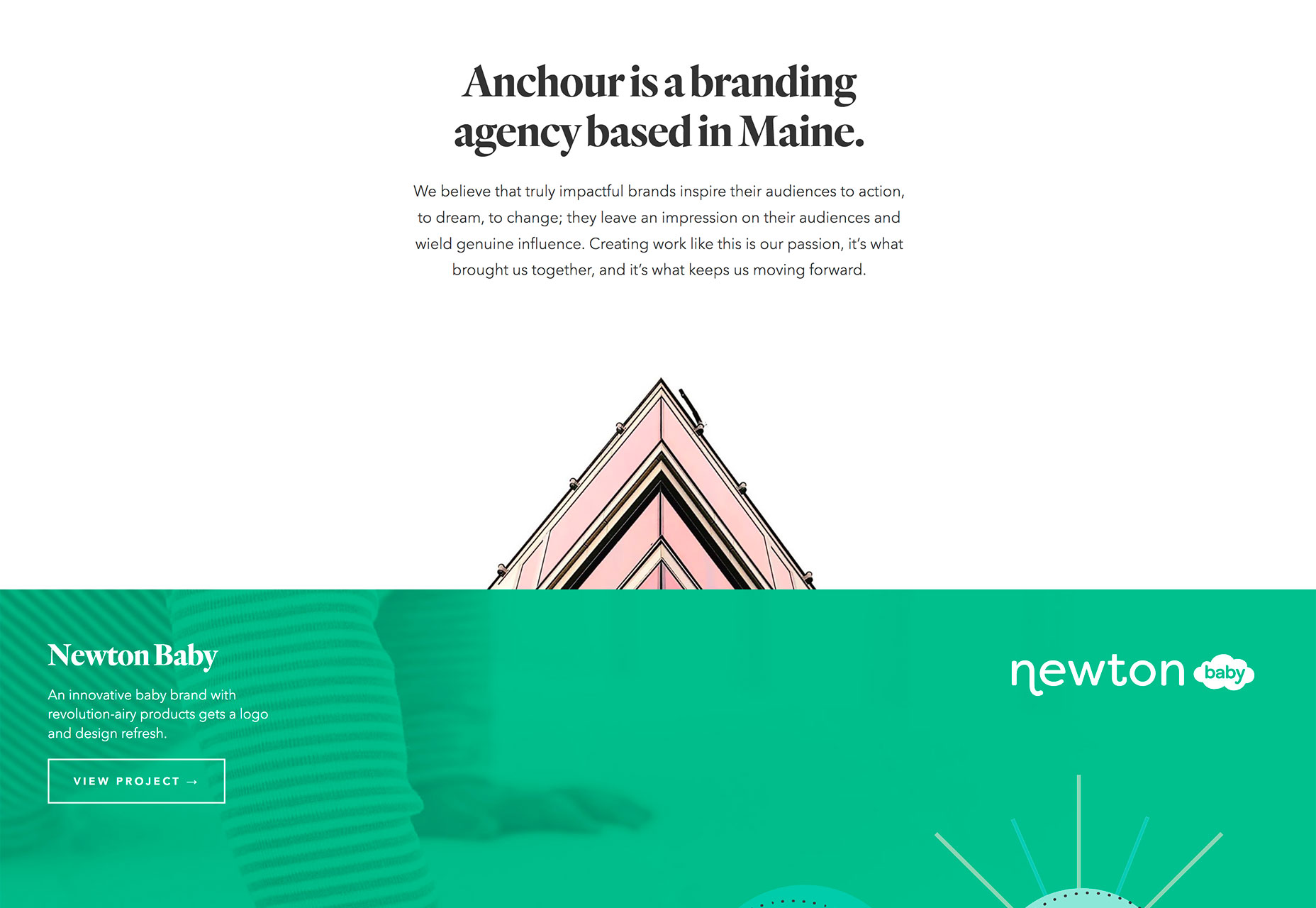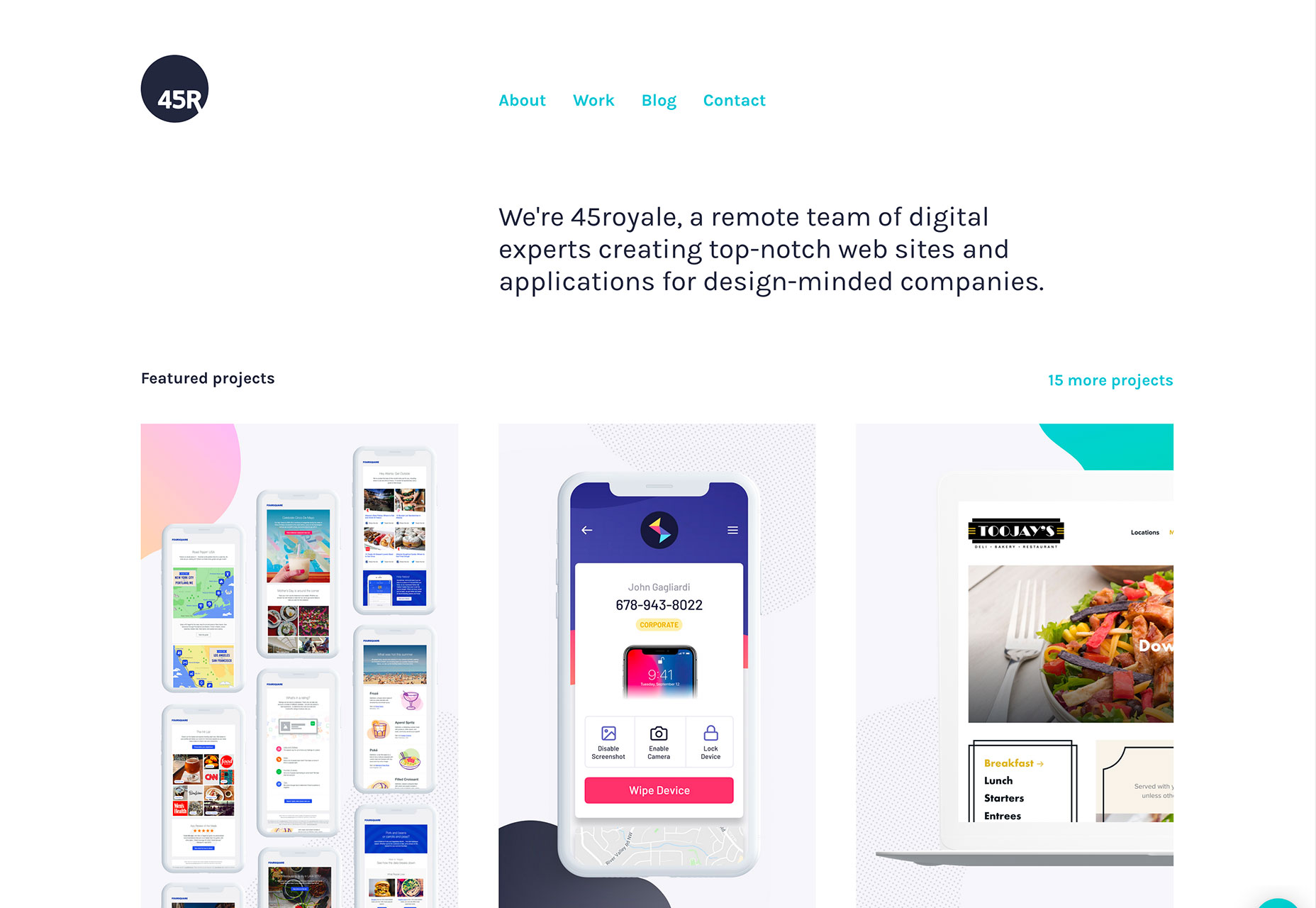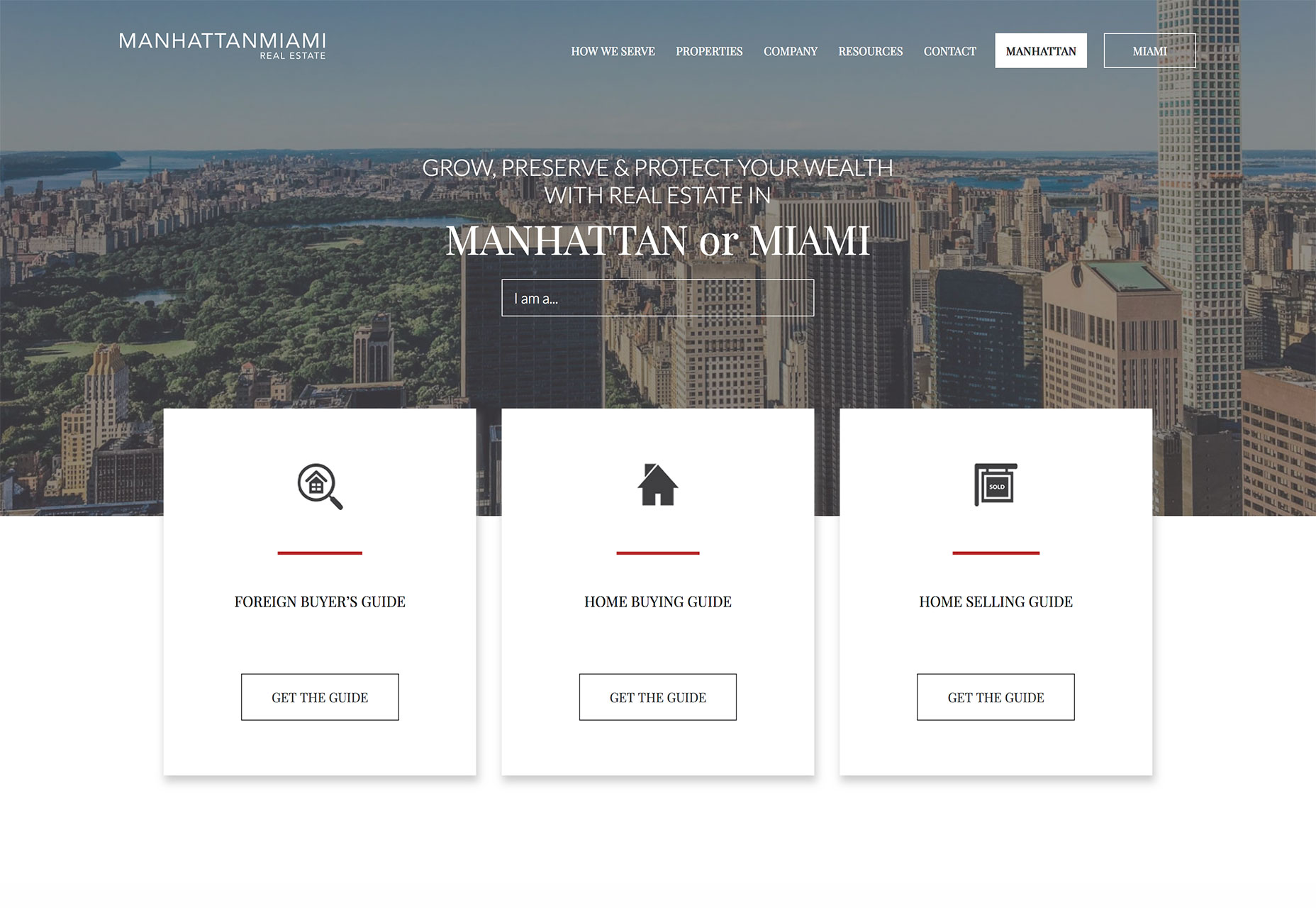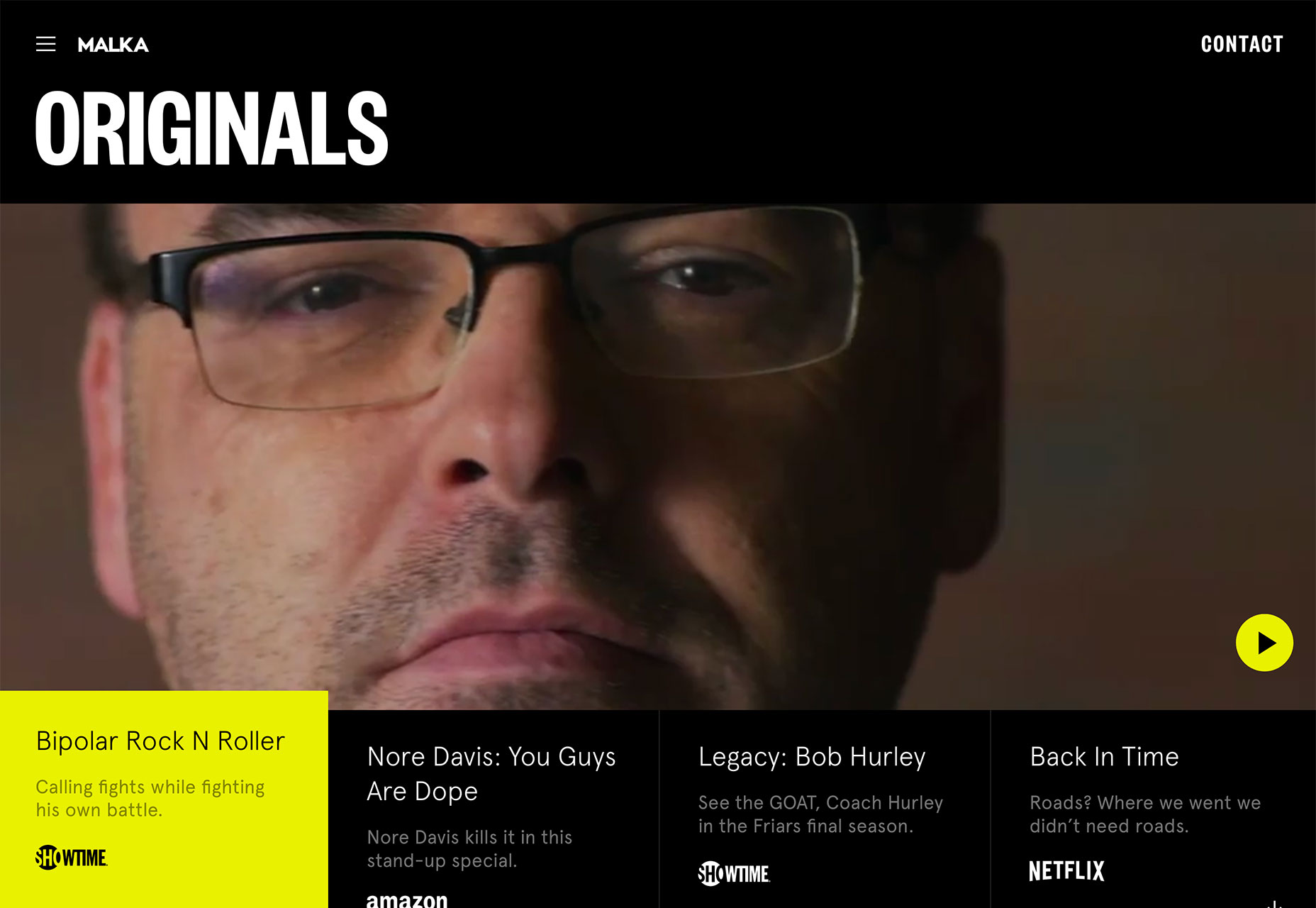 It’s a universal truth that there’s more than one meaning to just about every word. This is doubly true for industry lingo. If you’re just getting started in web design, you need to know what everything really means, if you want to get ahead.
It’s a universal truth that there’s more than one meaning to just about every word. This is doubly true for industry lingo. If you’re just getting started in web design, you need to know what everything really means, if you want to get ahead.
So here it is: here’s what the Secret Web Design Illuminati doesn’t want you to know. Read this article, and you’ll be able to dab on the haters with your hip new slang. Isn’t that swell?
.htaccess
A file that sits on your web server which, if ever touched, is perhaps the quickest and easiest way to break your whole site.
AJAX
The practice of making all your content dependent on JavaScript to load in the first place; this never goes wrong.
API
A system whereby enterprising young developers make money from your users’ data. Remember that you can always destroy them by “tweaking” the API for “performance” because you “hate chronological timelines”.
Accessibility
The practice of building websites that a human might, with a little time to study, actually be able to use.
Agile
A development methodology that advocates self-organizing teams and flexibility, allowing startups to more efficiently realize they’re building something that no one wants.
Back End
The part of a website where you deal with a lot of crap.
Backlink
Before experimenting with dogs, Pavlov trained online marketers to salivate whenever he said “backlink”. It still works.
Bandwidth
A measurement of the speed with which Google can access your personal data.
Bounce Rate
A measurement of the speed with which users realize you don’t have what they want.
Breadcrumbs
The contextual navigation pattern preferred by nine out of ten ducks.
CMS
The system that is supposed to solve all your problems and get you to the top of Google. This is accomplished by leaving it alone until an update breaks a plugin, or something.
CSS
That thing they want to implement with JavaScript, now.
Cache
Space on other people’s computers where you can temporarily store some of that crap from the Back End.
Call to Action
Begging the user for money and/or attention.
Code
The stuff they show on computer screens in the less-offensive Hollywood representations of hacking.
Comments (in Code)
In-jokes and clever insights that only total nerds will ever see. One day, someone will achieve true enlightenment, and the secret will written down as a code comment, and lost to an obscure GitHub repository.
DHTML
See: Deprecated
Deprecated
Anything we forgot how to use while we were learning Flexbox.
Design Research
Browsing Pinterest for a few hours to steal color palettes.
Design Thinking
Thinking, but like, when designers do it? If you’ve ever touched MS Paint, you can put this on your resume and ask for a raise.
Doctype
A needlessly complex way to tell the browser what kind of HTML you’re using. Seriously, <html version=”5″> would have worked just fine.
DOM, The
A useful reference word for programmers, and anyone who wants to sound a bit smarter.
Example: Can’t you just throw some more “div” thingies into my DOM, or something?
E-commerce
A fancier way to say that you’re selling stuff you don’t want on Ebay.
Fold, The
The part of the website everyone already knows to scroll past if they want to get to the good stuff.
Framework
The thing you’re supposed to learn instead of development languages, now…I guess.
Front End
The part of a website where you tell users what you think they want to hear, based on research, surveys, and indiscriminate guessing.
Graceful Degradation
The practice of building your website so it doesn’t completely fall apart at the first sign of a bug. Clearly superior to Progressive Enhancement. (See: Progressive Enhancement)
HTML
The easiest way to tell other people that you’re a coder, now.
iframe
You’d think these were Deprecated, but they’re not.
Image Map
One more thing that will never work on a responsive website without a jQuery plugin.
Inbound Marketing
See: Backlinks
Inheritance
The part of CSS that keeps confusing people.
JavaScript
The be-all and end-all. The ultimate development language. Will replace HTML and CSS because some people can’t be bothered to learn the simplest “languages” ever invented.
Landing Page
The page that designers let marketers have their way with so they won’t touch the actual home page. Landing pages typically outperform the painstakingly-crafted home pages, infuriating designers.
Meta Data
What we have to use while we wait for AI to get smarter.
Navigation
The quickest and easiest way for a customer to get lost.
Online Marketing
The business of lies, damned lies, and statistics.
Open Source
- A socially acceptable way to just use other people’s code. Also the greatest thing since sliced bread.
- I’d just like to interject for a moment. What you’re referring to as Linux, is in fact, GNU/Linux, or as I’ve recently taken to calling it, GNU plus Linux. Linux is not an operating system unto itself, but rather another free component of a fully functioning GNU system made useful by the GNU corelibs, shell utilities and vital system components comprising a full OS as defined by POSIX.
Many computer users run a modified version of the GNU system every day, without realizing it. Through a peculiar turn of events, the version of GNU which is widely used today is often called “Linux”, and many of its users are not aware that it is basically the GNU system, developed by the GNU Project. There really is a Linux, and these people are using it, but it is just a part of the system they use.
Linux is the kernel: the program in the system that allocates the machine’s resources to the other programs that you run. The kernel is an essential part of an operating system, but useless by itself; it can only function in the context of a complete operating system. Linux is normally used in combination with the GNU operating system: the whole system is basically GNU with Linux added, or GNU/Linux. All the so-called “Linux” distributions are really distributions of GNU/Linux.
Pixels
Work as a designer long enough, and you’ll start to notice when even one of these things is out of place. It will haunt you.
Progressive Enhancement
The practice of building your website so that it works anywhere, but looks better on newer devices and browsers. Clearly superior to Graceful Degradation. (See: Graceful Degradation)
Prototype
The terrible temporary code you write that will inevitably be used in the final project, and you’ll always be just a little bit ashamed.
RSS
See: Deprecated
[I’m just going to cry in the corner, for a bit.]
Responsive Design
The reason web designers have to do maybe three times as much work for each project as we used to.
Semantic Markup
The practice of writing HTML a human might, with study, actually be able to read.
Server-side
Anything that is officially the developer’s problem.
Sitemap
A thing that used to be used by people that is largely used by search engines, now.
Theme
A socially acceptable way to use other people’s graphical assets and code.
URL
U R Lost.
[Hehehe, ahhhh… the classics still get me.]
UX Design
Everyone is an expert in this, now. Apparently.
Usability
It’s like Accessibility, but for people who get embarrassed when they see wheelchair ramps.
Validation
- What we all desperately want from our fellow designers.
- See: Web Standards
Web Standards
A good idea that so many of us are outright ignoring.
XML
Oh right, that’s still a thing.
Featured image via DepositPhotos.
| Add Realistic Chalk and Sketch Lettering Effects with Sketch’it – only $5! |
p img {display:inline-block; margin-right:10px;}
.alignleft {float:left;}
p.showcase {clear:both;}
body#browserfriendly p, body#podcast p, div#emailbody p{margin:0;}
from Webdesigner Depot https://ift.tt/2pD1Yd6
from WordPress https://ift.tt/2O5FMqt

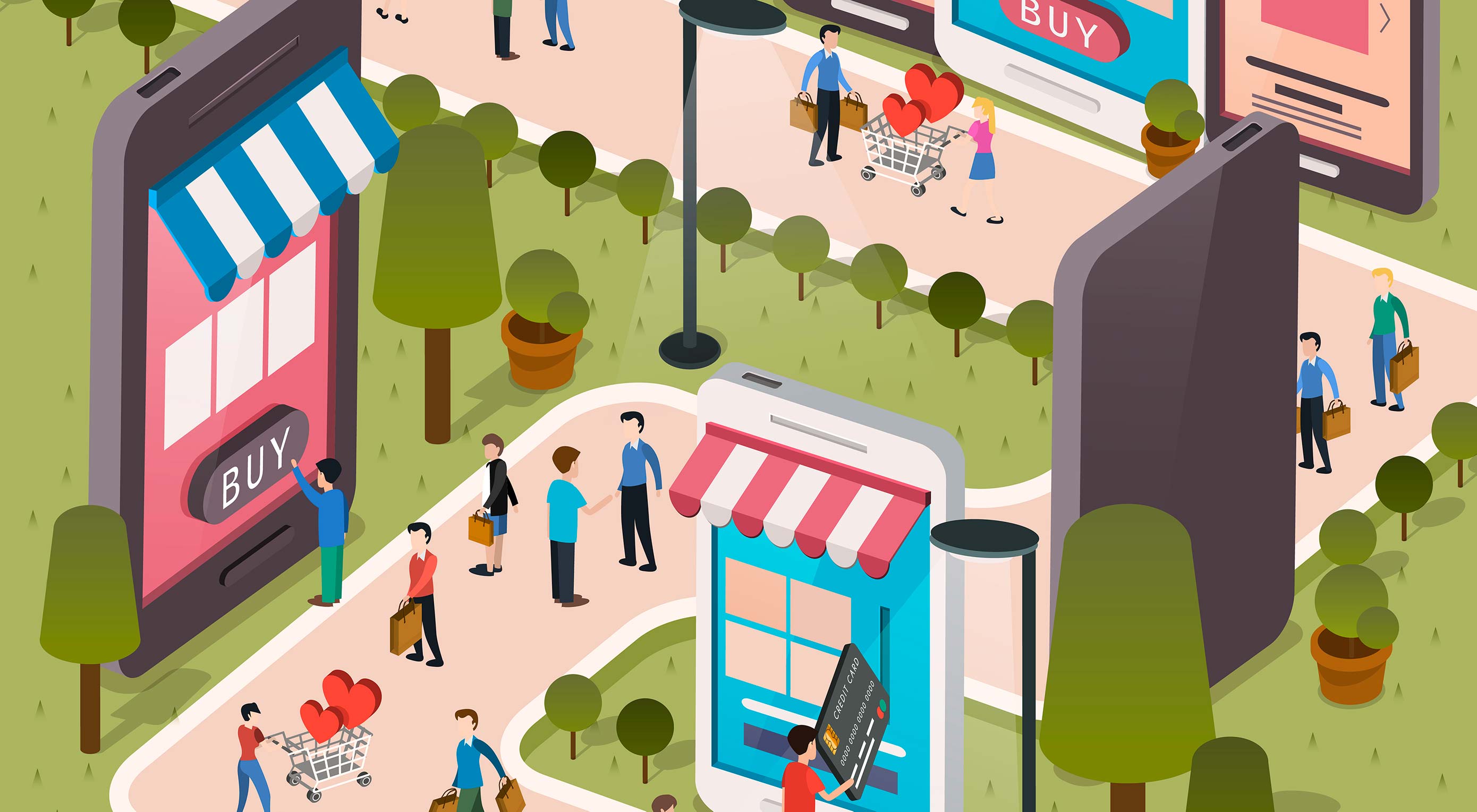 The competition in the e-commerce market is fiercer than ever, as brands wrangle to outdo rivals by deploying the latest techniques and practices technology can offer. However, it’s hard to predict an industry-leader for a longer duration with the future of e-commerce constantly shifting.
The competition in the e-commerce market is fiercer than ever, as brands wrangle to outdo rivals by deploying the latest techniques and practices technology can offer. However, it’s hard to predict an industry-leader for a longer duration with the future of e-commerce constantly shifting.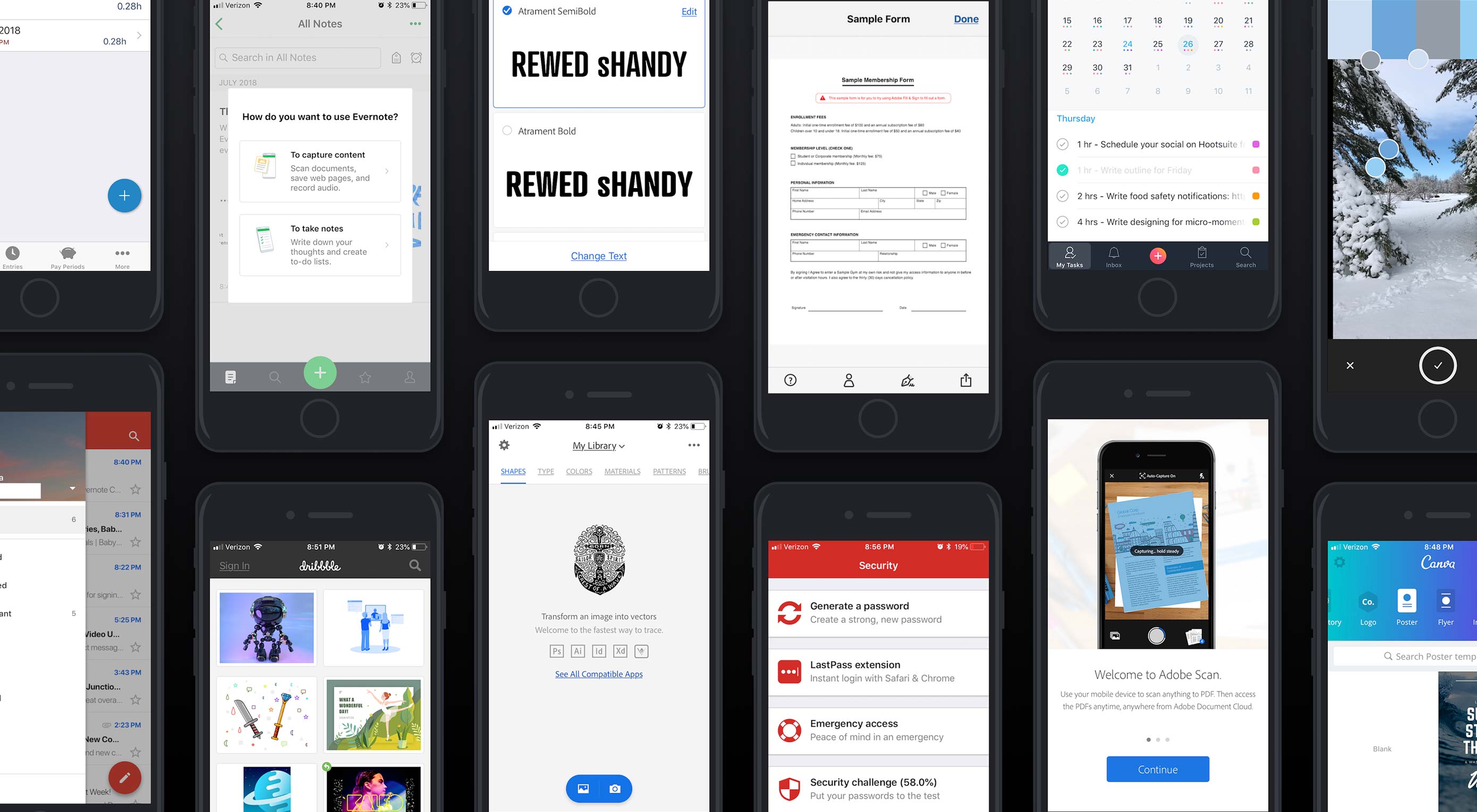 One of the perks of freelancing is that you can work from pretty much anywhere. However, the pressures of staying connected to work may leave you stuck behind a computer all day anyway.
One of the perks of freelancing is that you can work from pretty much anywhere. However, the pressures of staying connected to work may leave you stuck behind a computer all day anyway.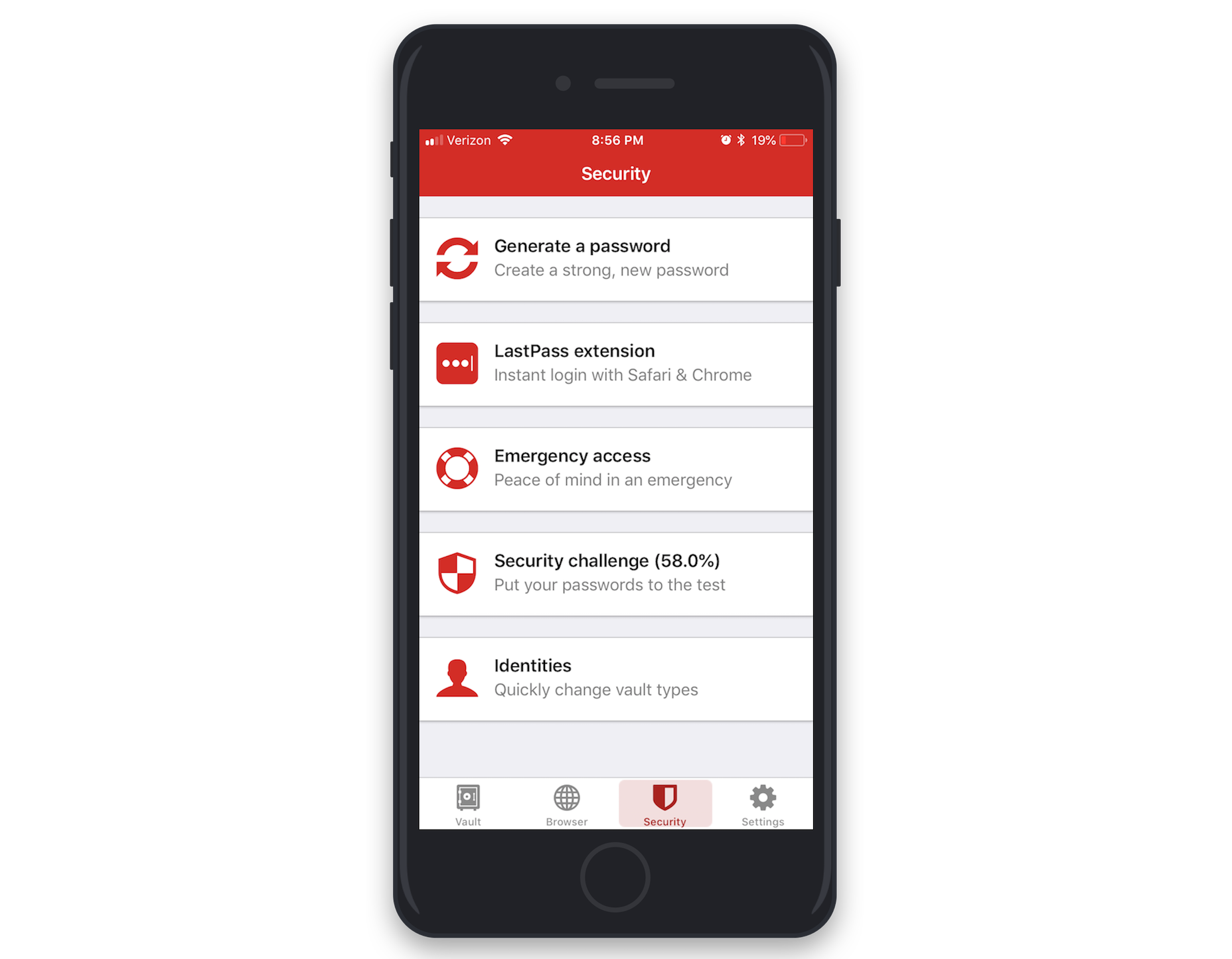
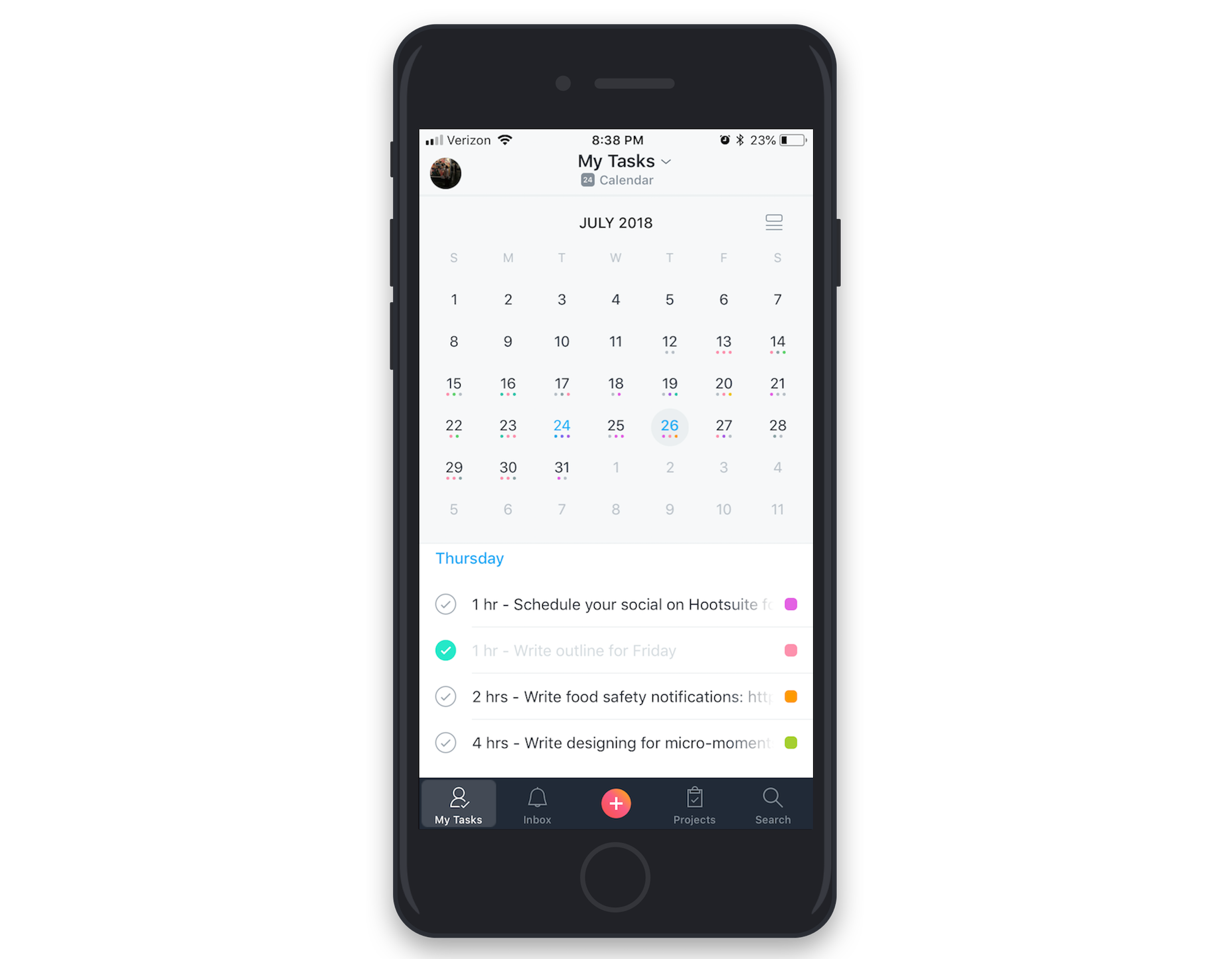
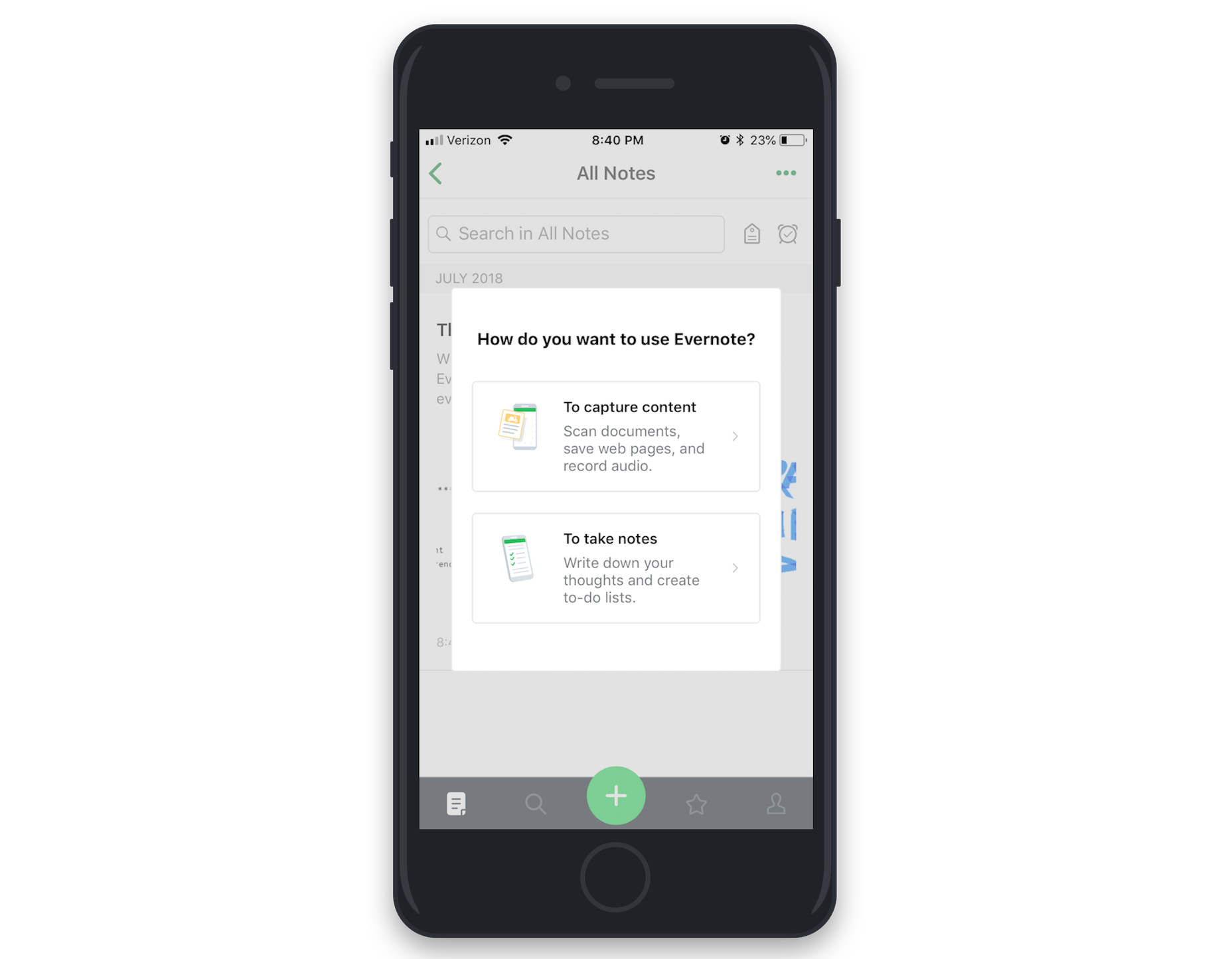
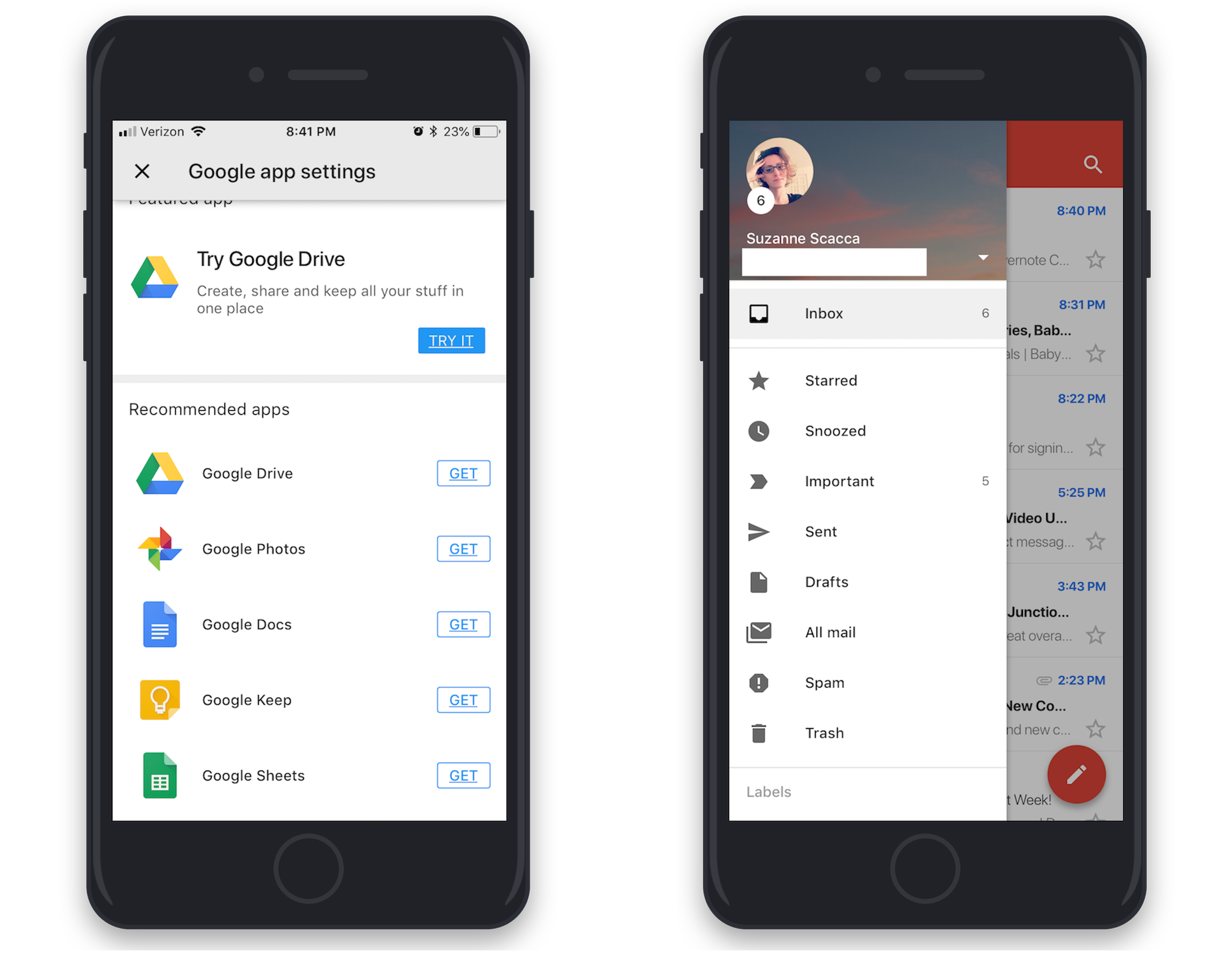
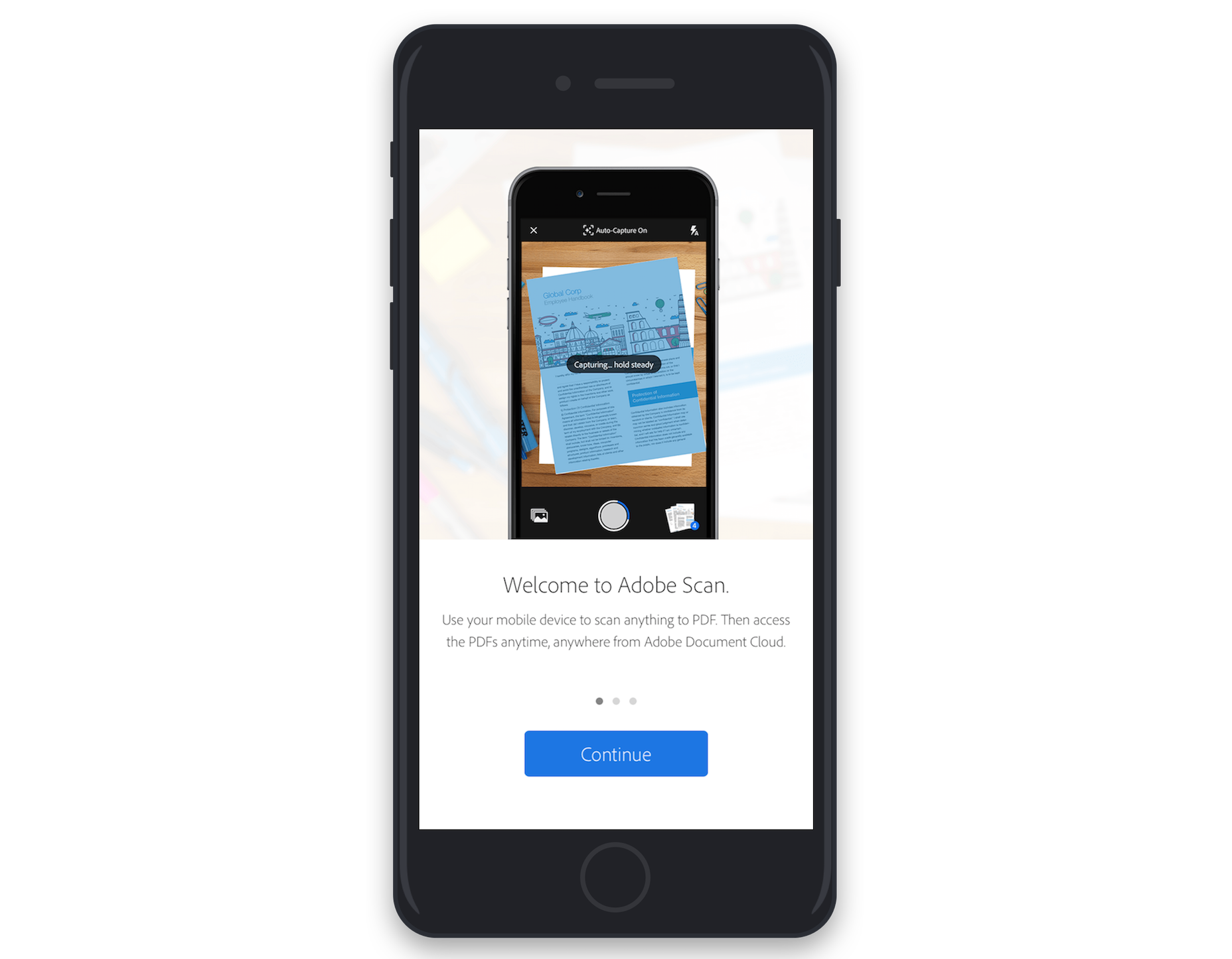
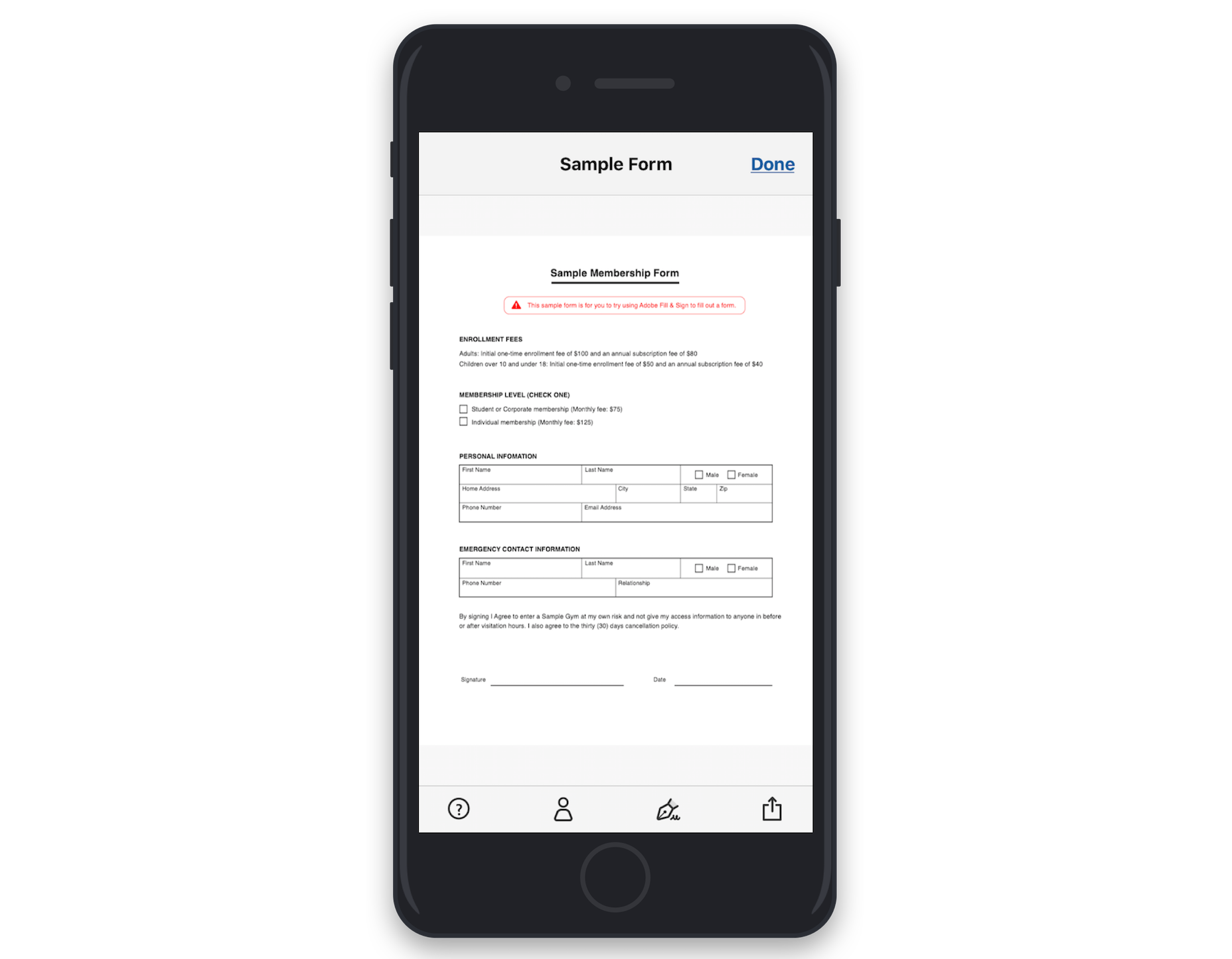
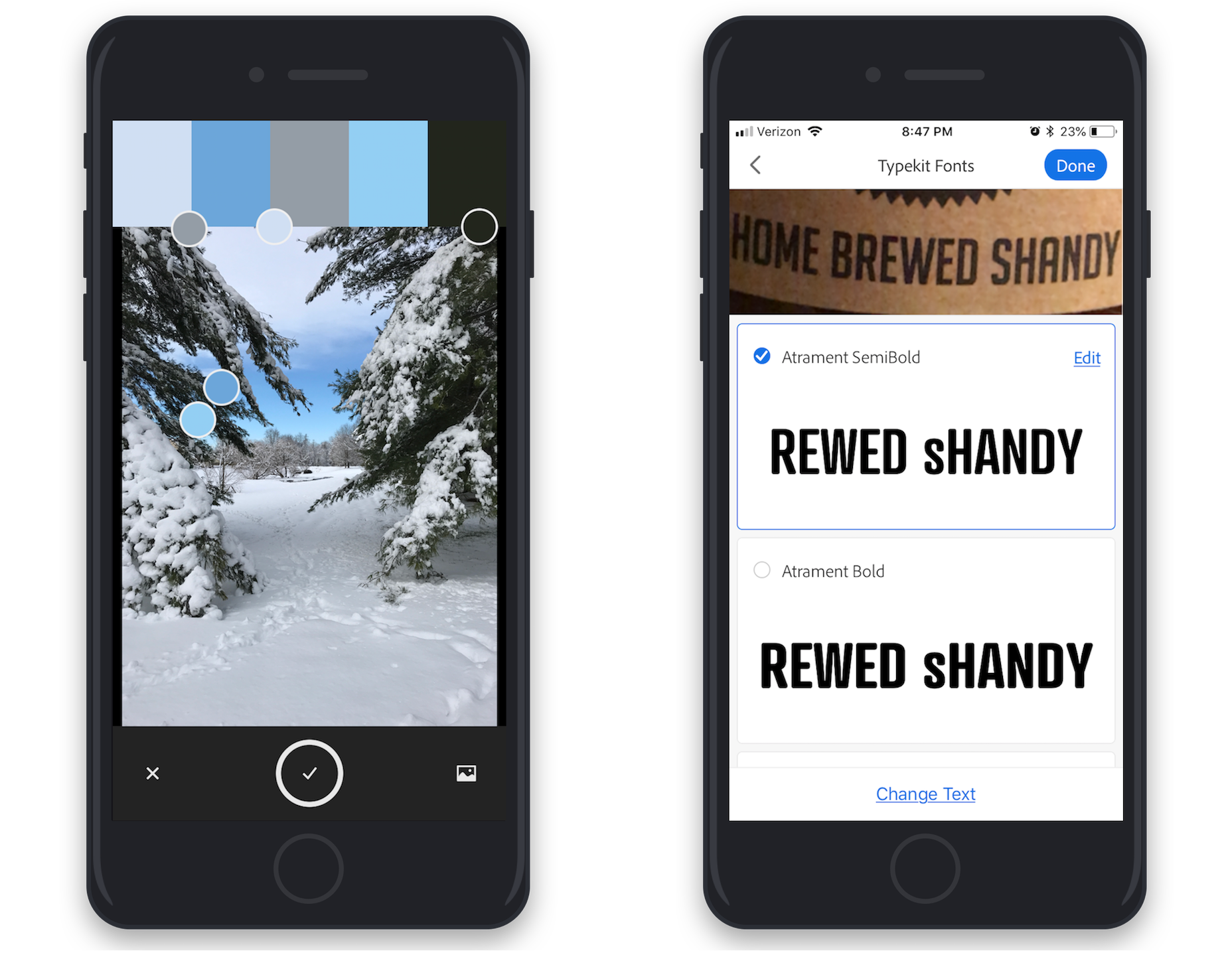

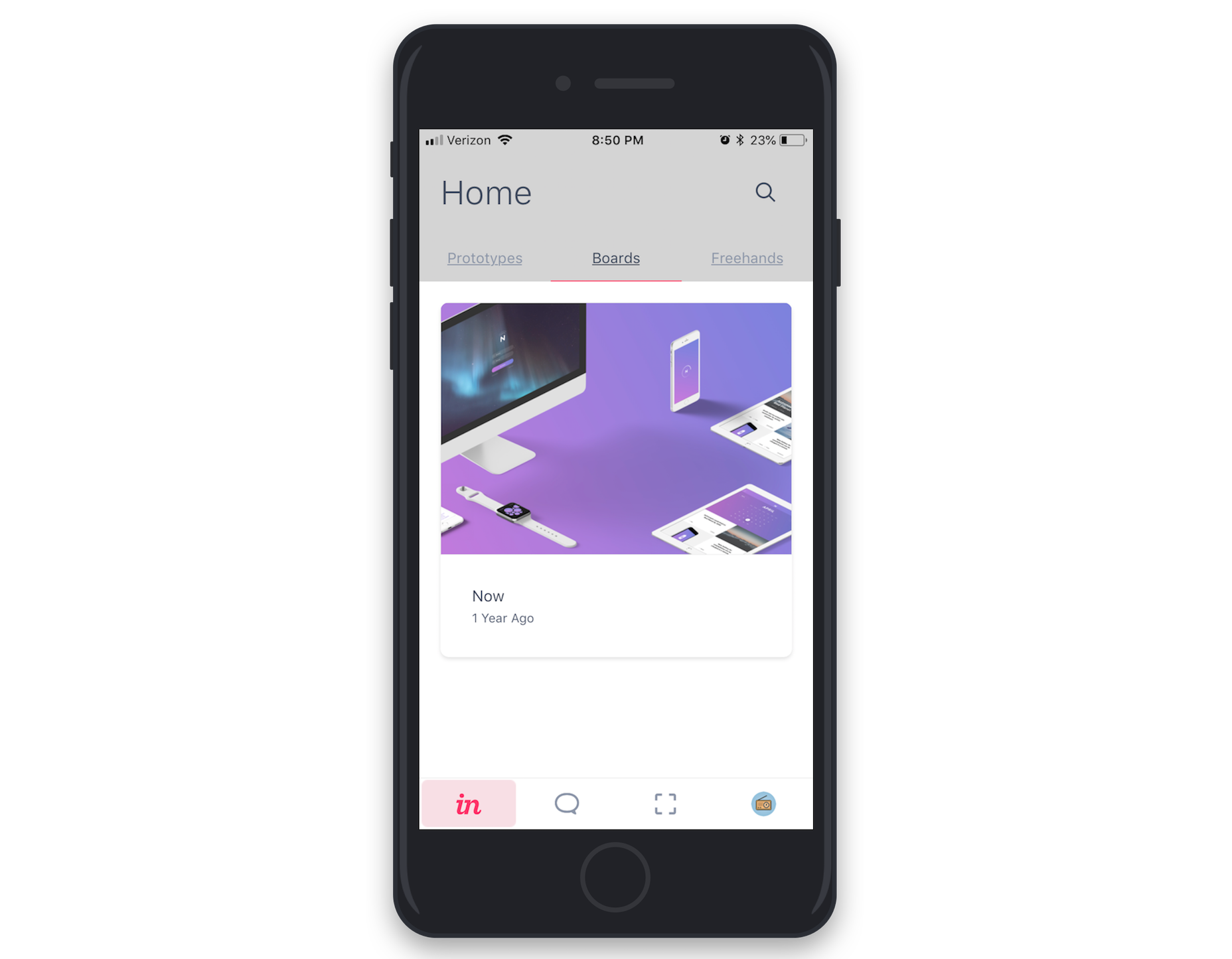
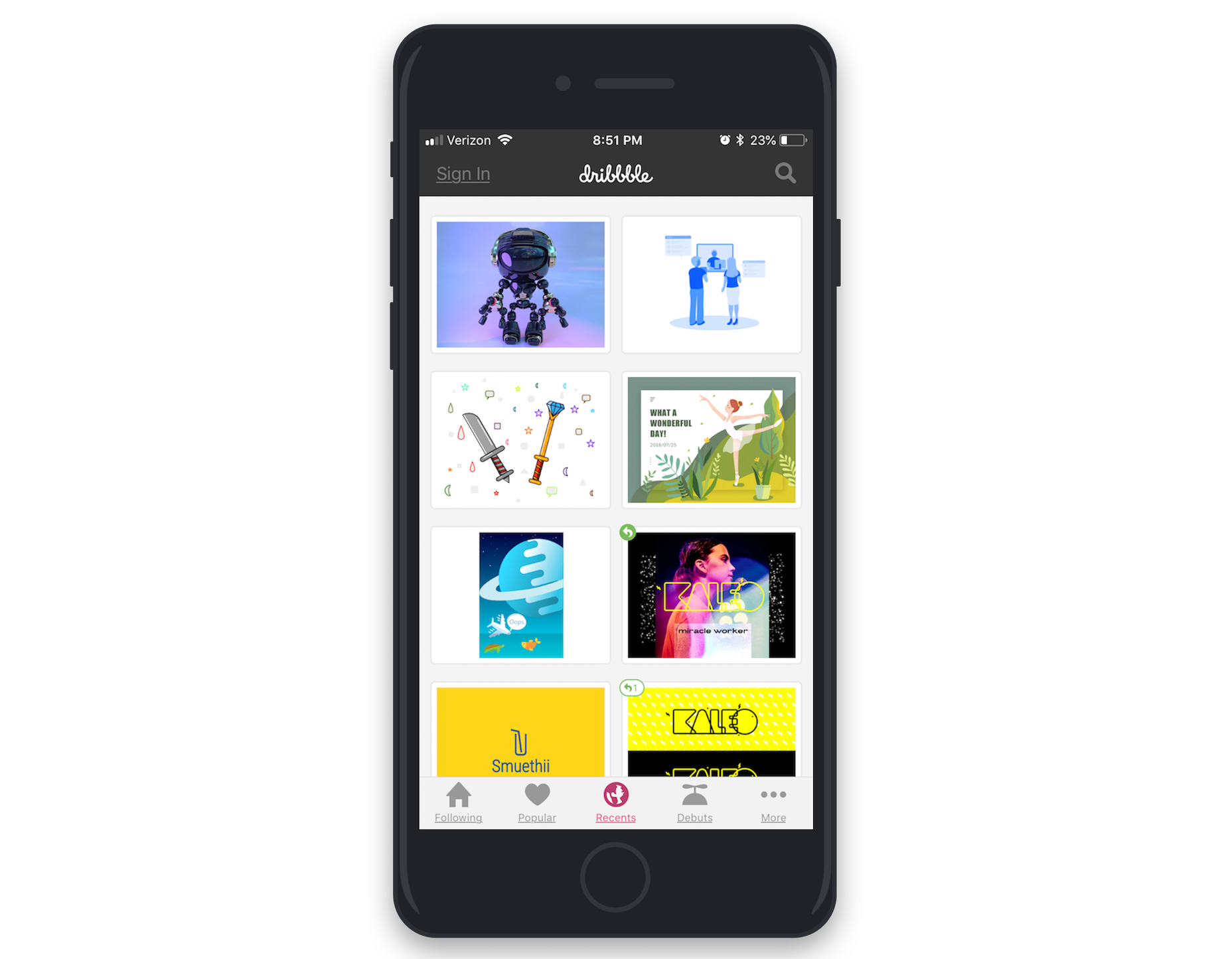
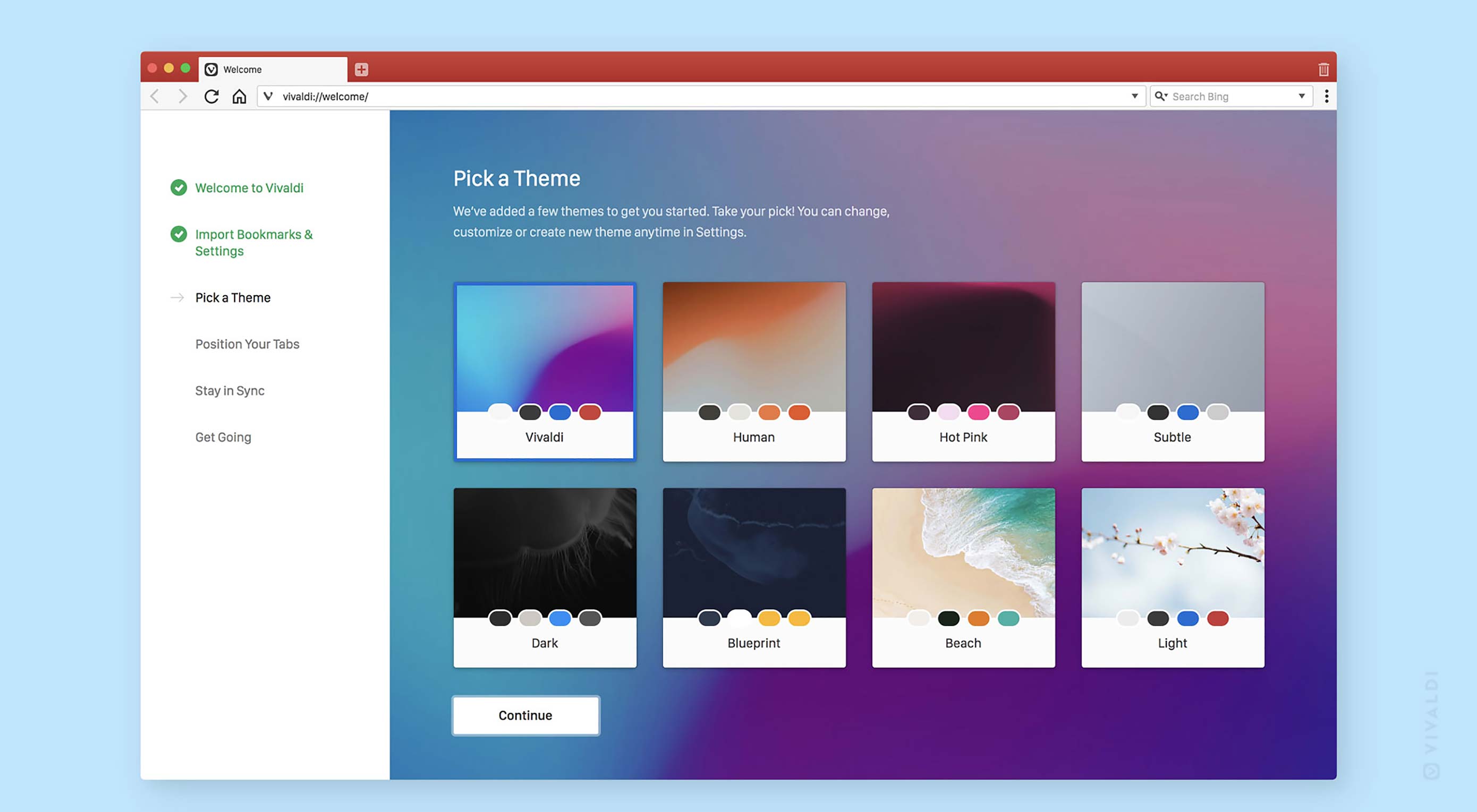 I’m not going to lie, I’ve been biased toward the
I’m not going to lie, I’ve been biased toward the 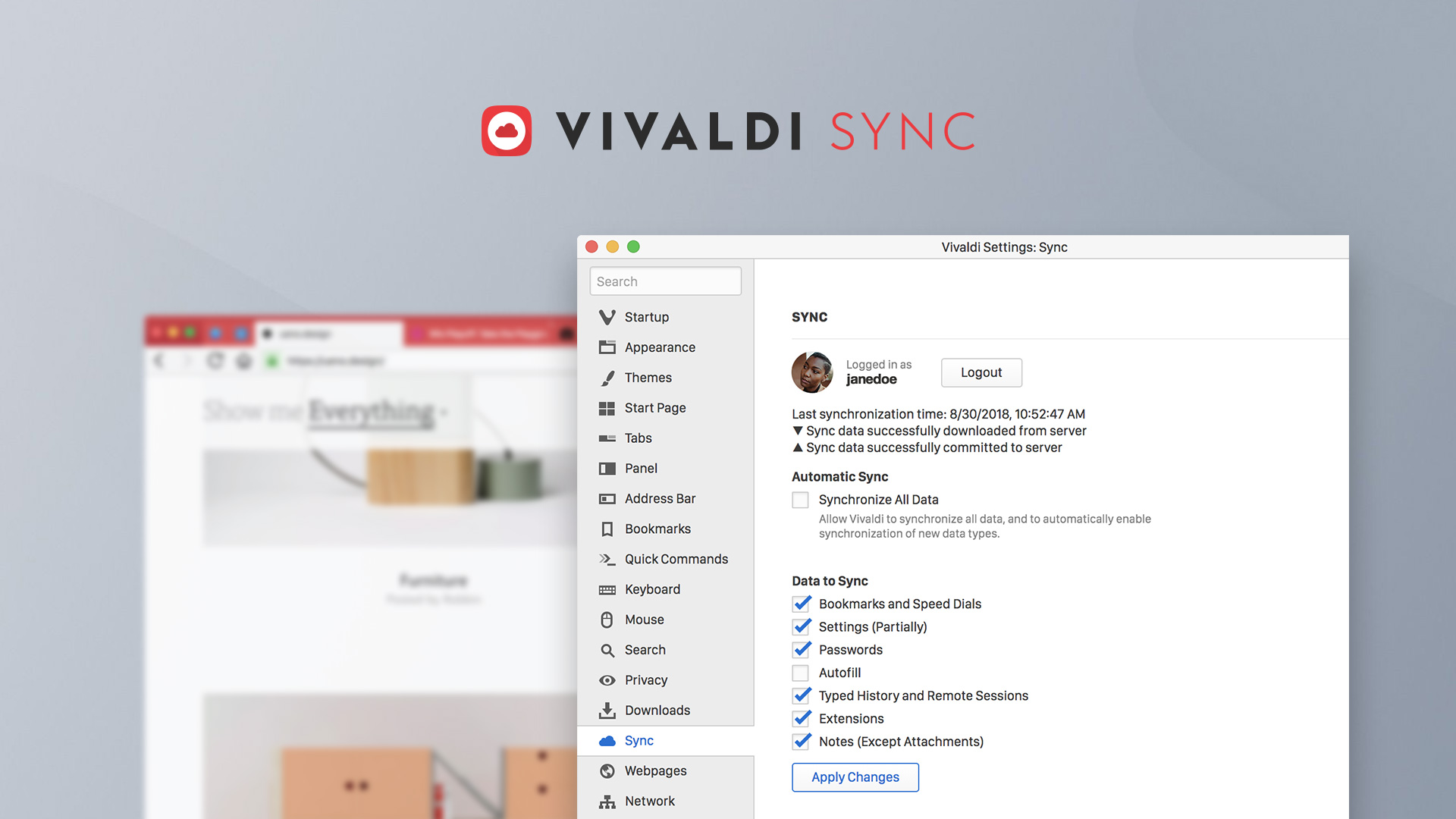
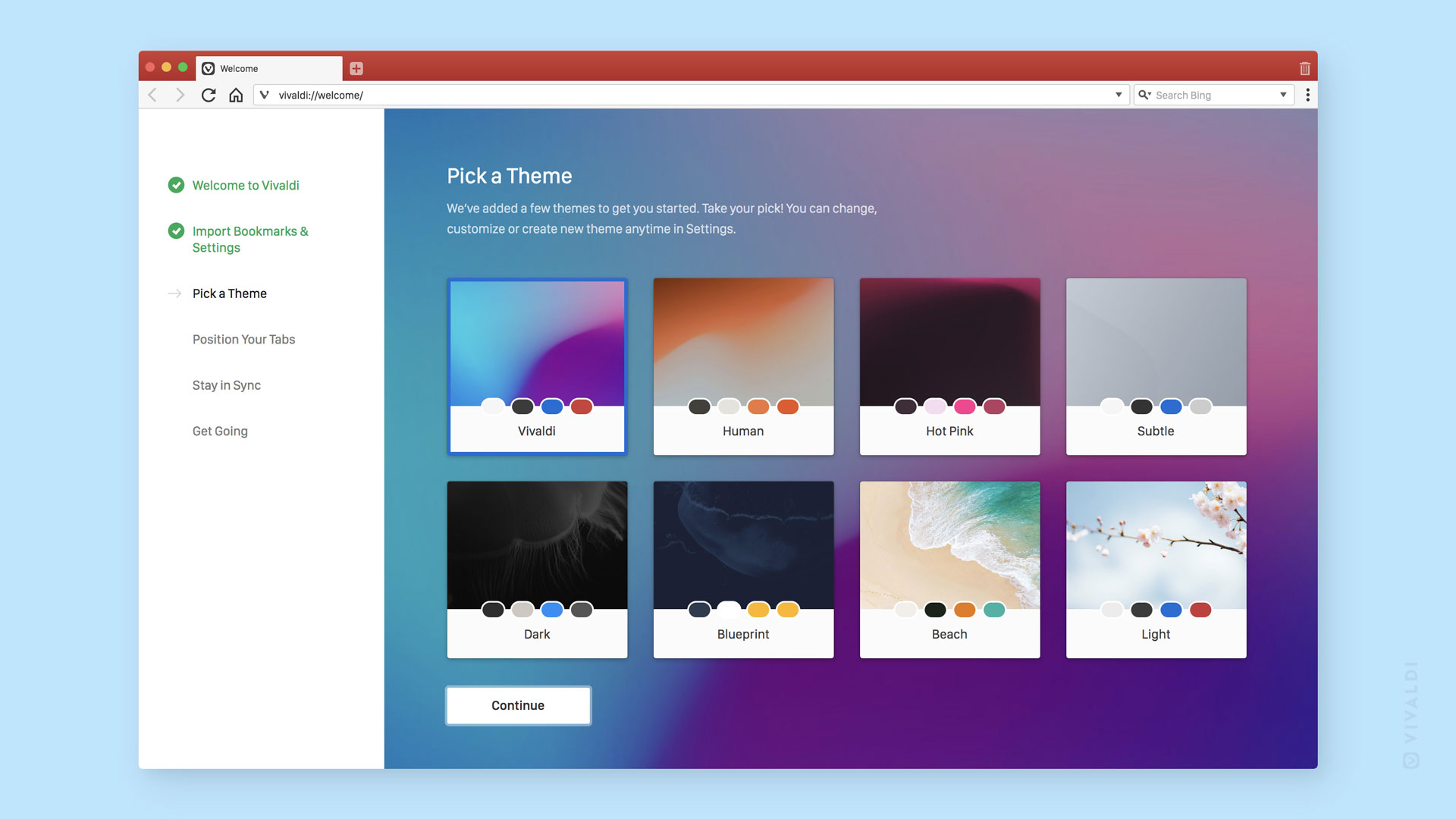
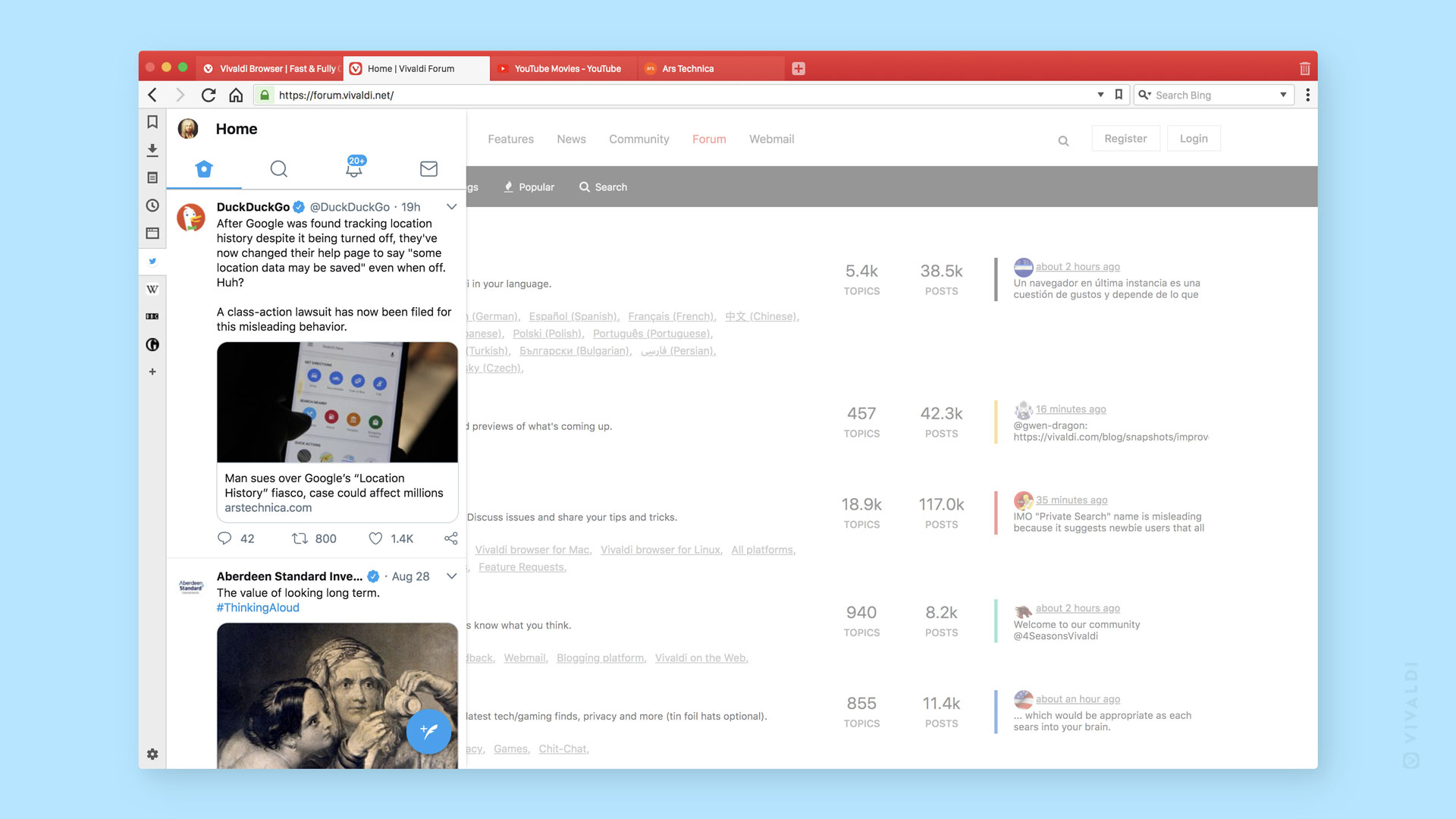







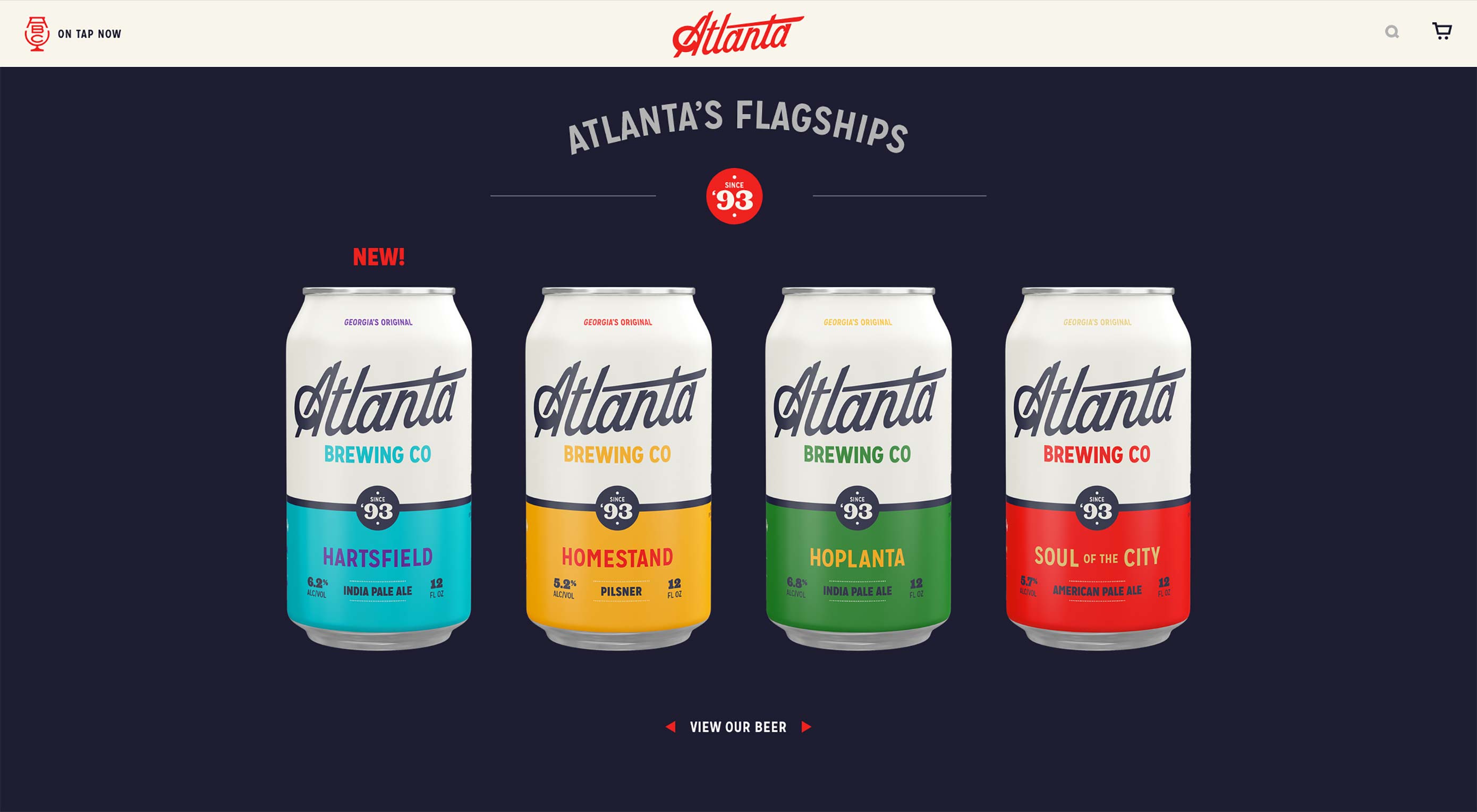 This month’s trends have something in common: You’ve probably seen all of these ideas before, maybe just presented in a slightly different way. Designers are returning to dark backgrounds, large headers and cards to encourage engagement, and get users interested in content on the screen.
This month’s trends have something in common: You’ve probably seen all of these ideas before, maybe just presented in a slightly different way. Designers are returning to dark backgrounds, large headers and cards to encourage engagement, and get users interested in content on the screen.
